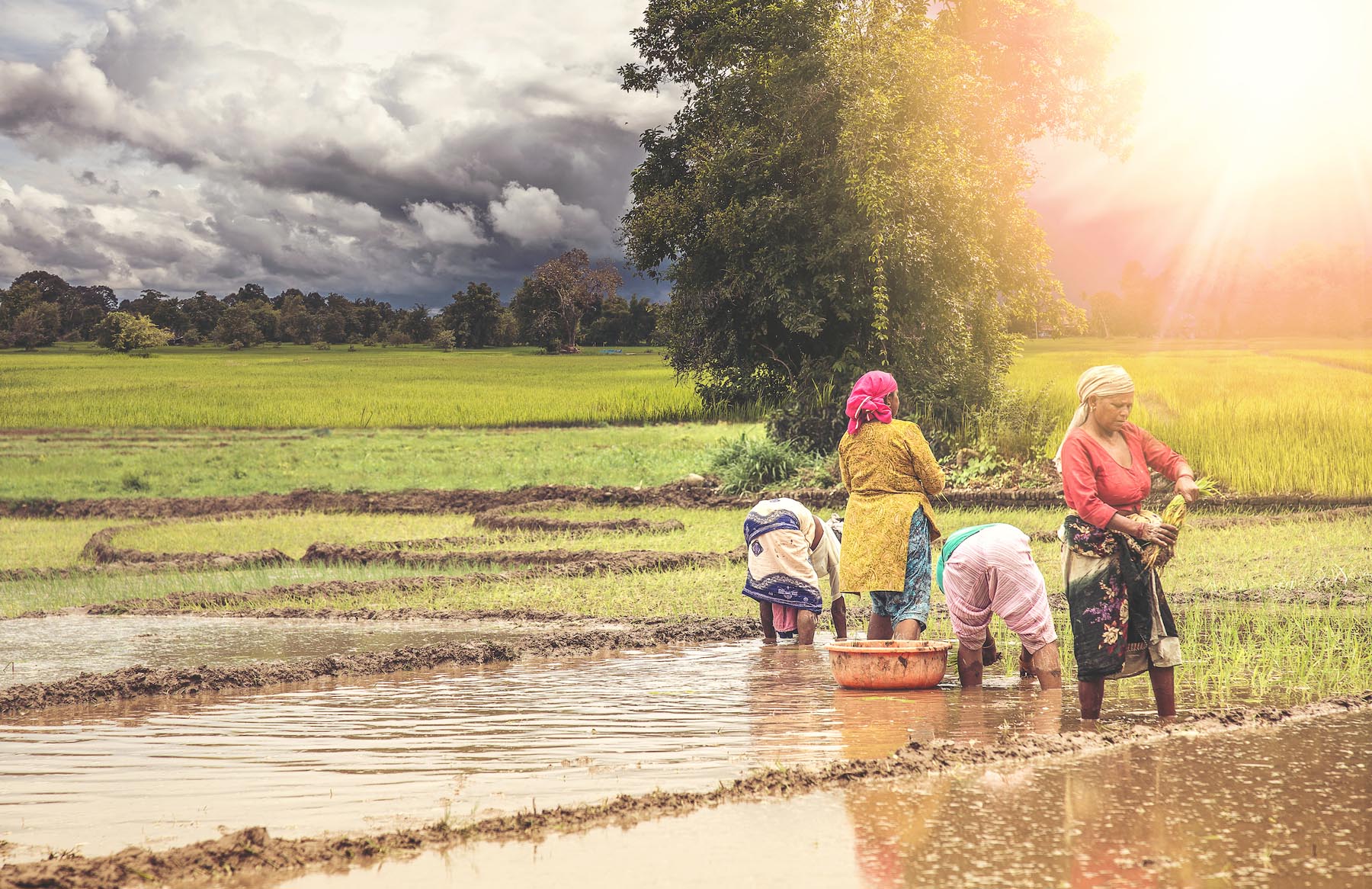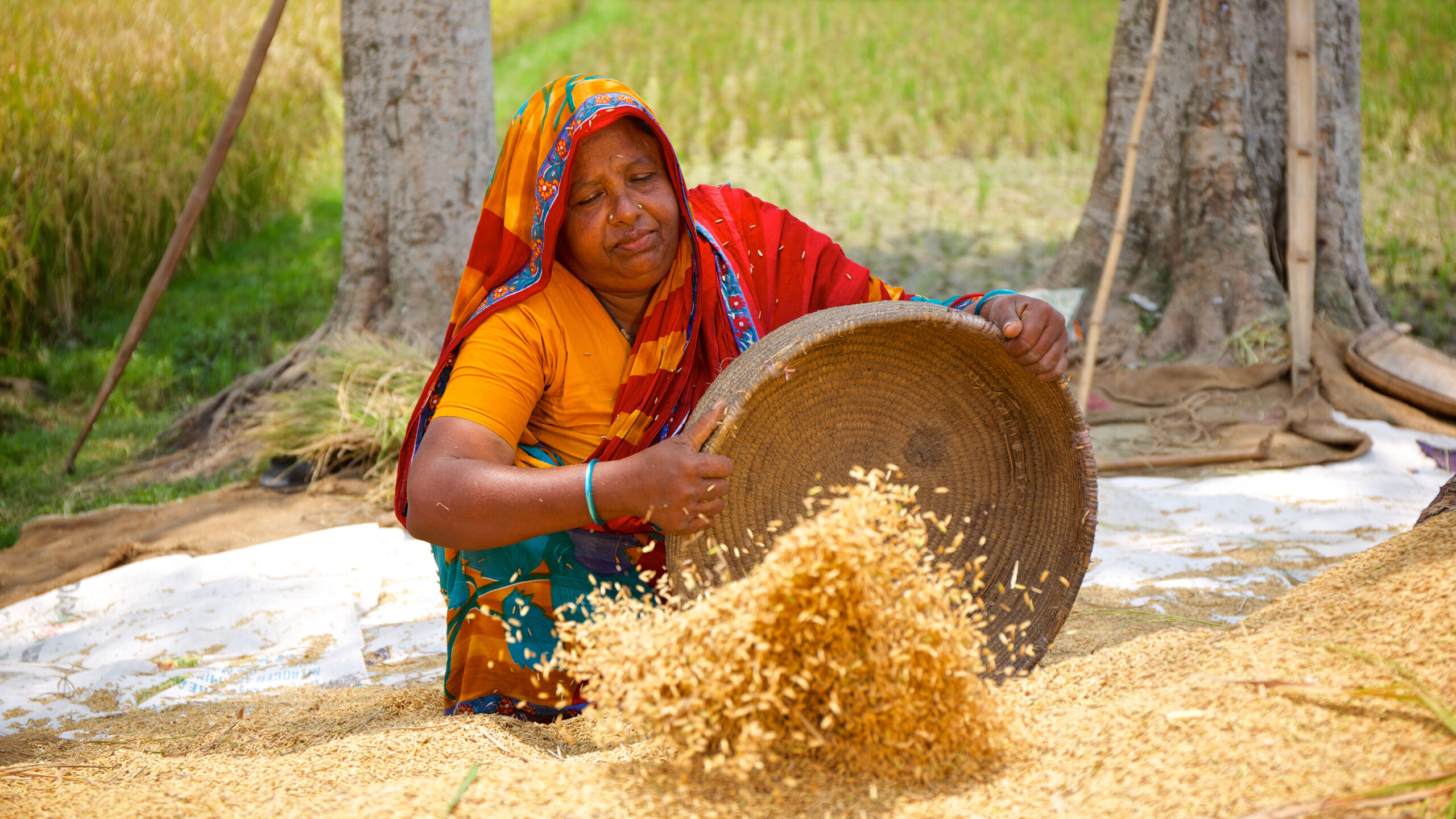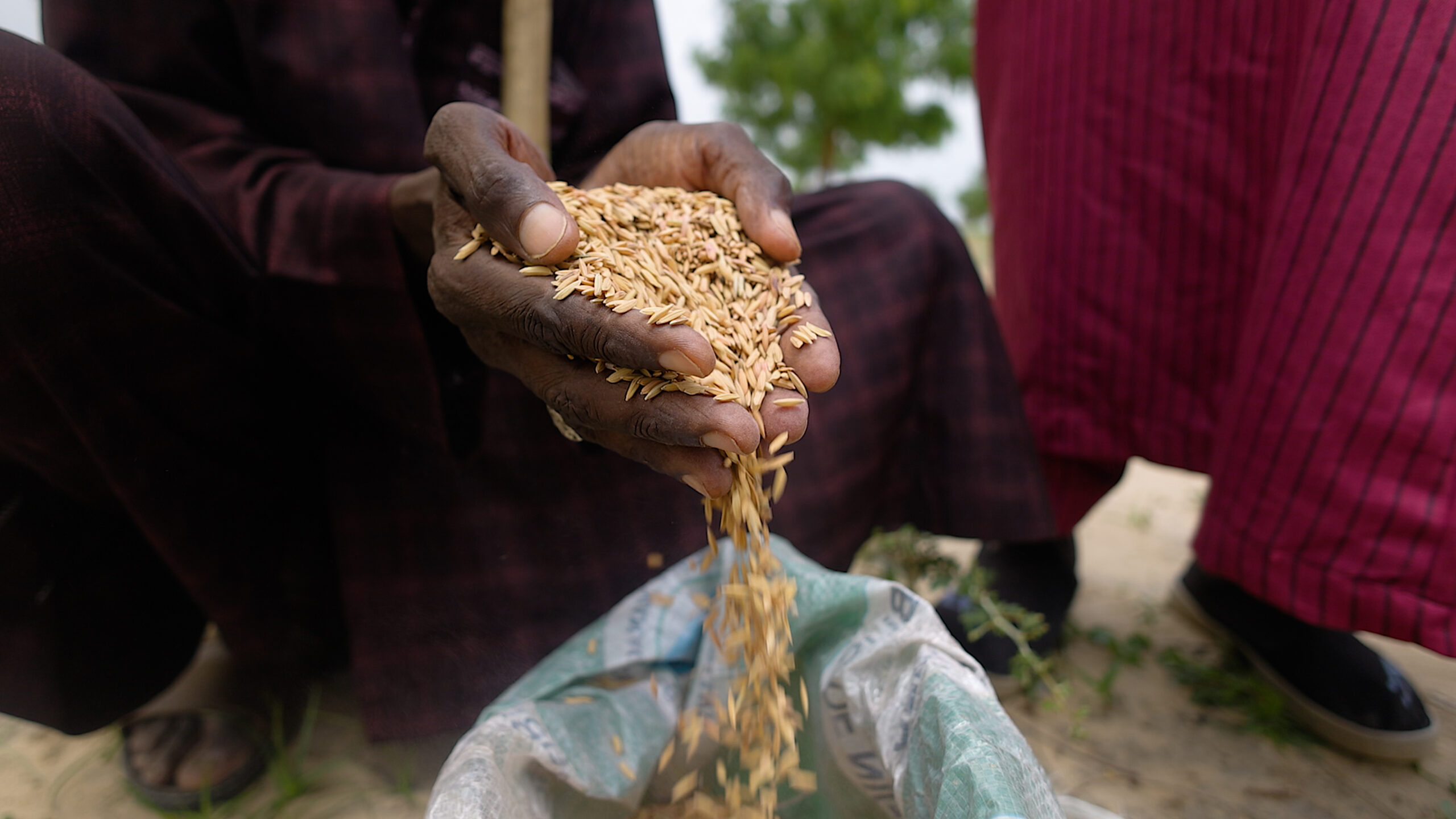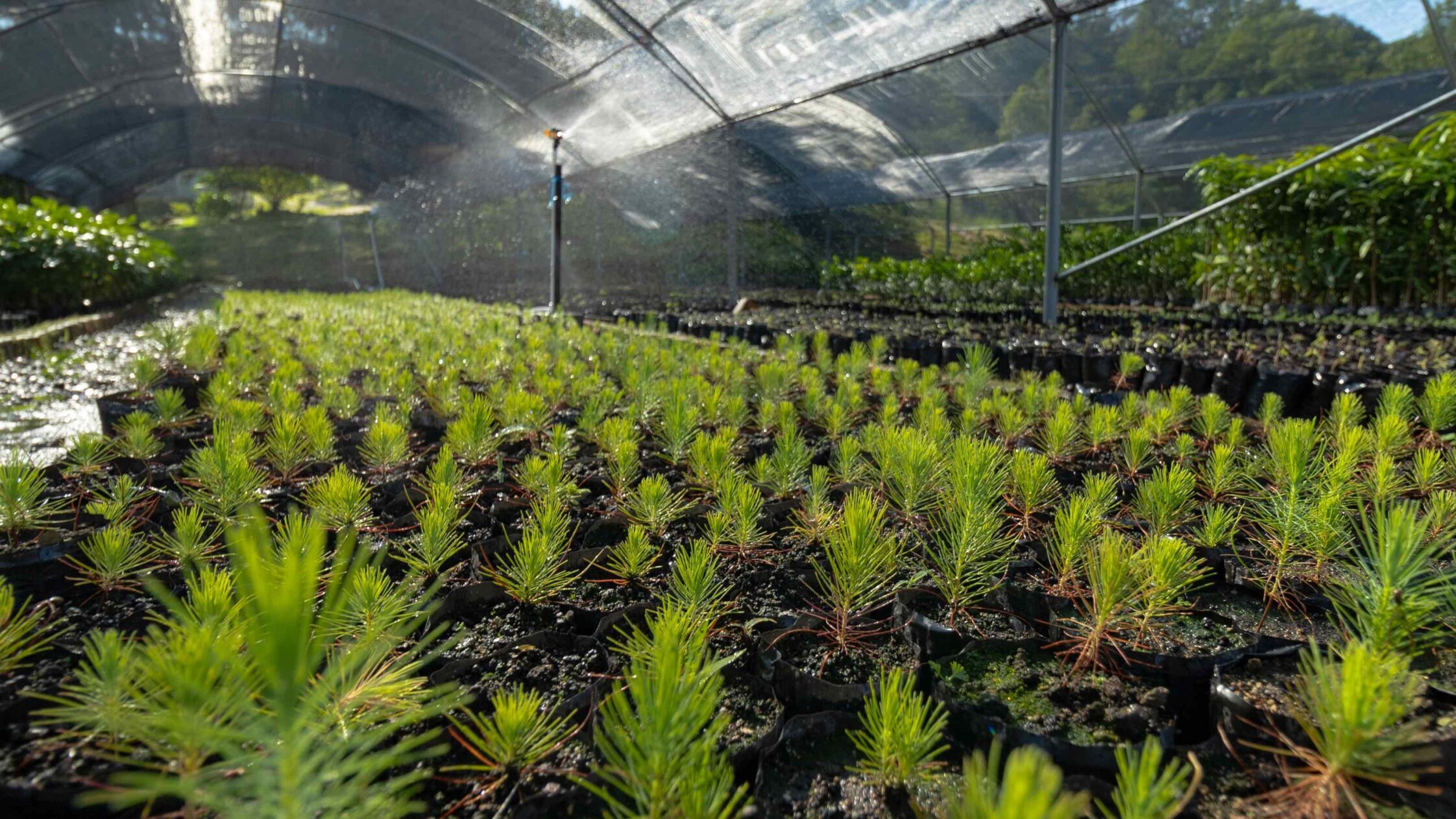Hunger is in the headlines. A drought that swept the African Sahel left 18 million people on the brink of starvation. A food price crisis prevented families across the globe from buying enough to eat. Civil unrest and natural disasters around the world left millions of displaced people scrambling for food.
The seventh edition of IFPRI’s Global Hunger Index (GHI), to be released on October 11, brings these headlines together with a birdseye view of hunger around the world: Who is going hungry, where, why, and how much? More importantly, the GHI, titled this year The Challenge of Hunger: Ensuring Sustainable Food Security under Land, Water, and Energy Stresses, outlines concrete policies governments can adopt to address the root causes of hunger and food insecurity, particularly policies that protect natural resources.
The Global Hunger Index—published by the International Food Policy Research Institute in collaboration with Concern Worldwide and Welthungerhilfe—is a comprehensive measure of hunger in 120 developing countries. It will be launched at several events for the press and public around the world, including Berlin, Brussels, Nairobi, and Des Moines, Iowa.
The Des Moines event will be held on October 18 at the 2012 Borlaug Dialogue as part of the World Food Prize conference. IFPRI’s Claudia Ringler, co-author of this year’s Index, and Margaret Catley-Carlson of the World Economic Forum Advisory Council on Water will speak about this year’s results. Representing IFPRI’s GHI partners, Connell Foley of Concern Worldwide and Mathias Mogge of Welthungerhilfe will provide comments. IFPRI’s Rajul Pandya-Lorch will chair the event. For more details, and to RSVP, visit the event page.







